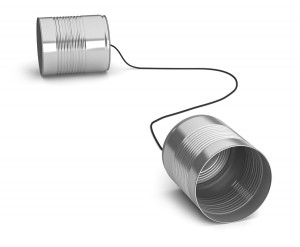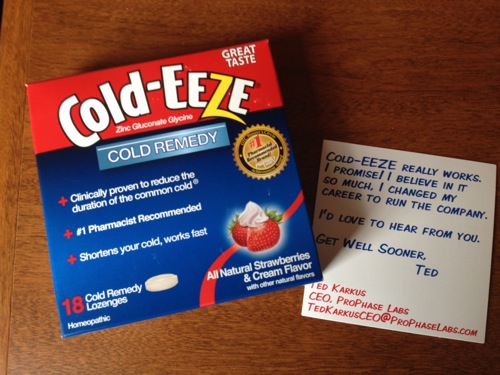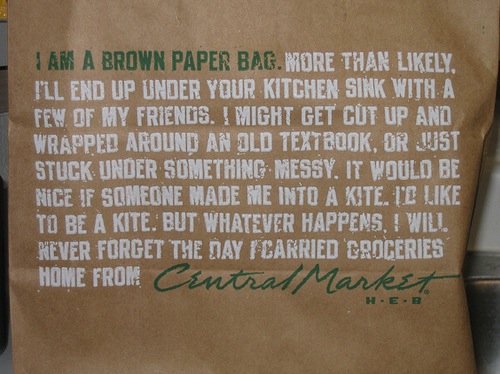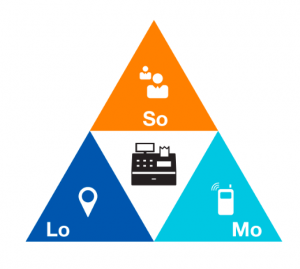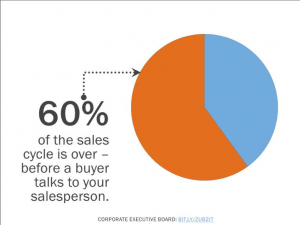Your marketing includes way too much you
March 14, 2013
 One of the most common mistakes marketers make is that they think their customers and prospects care about them, what they sell and how it works. The human truth is consumers really do think, feel and ask “what’s in it for me?”
One of the most common mistakes marketers make is that they think their customers and prospects care about them, what they sell and how it works. The human truth is consumers really do think, feel and ask “what’s in it for me?”
They have something they want to accomplish – from getting a cereal that their kids will eat to finding the right de-greaser for their airplane engines. They know the result they’re after and their buying decision is going to be based on satisfying that need.
When it comes to buying decisions, those decisions are always:
- Based on emotion (positive or negative ones)
- Based on meeting our needs and wants (even implicit)
And the truth of it is, consumers usually don’t care about understanding the nitty gritty of how those needs and wants are met.
I’m not suggesting someone would turn a blind eye to dangers, laws or morals. But think of your own buying behaviors. Typically, we don’t care how something works, we just care that it does. Or we care about some very specific aspect of how it works that is tied to us getting the result that we want.
It might be speed, expense, reliability, safety etc. that is tied back to that emotional tug. It’s all about the end result, though. Contrast that “cut to the chase” hunger for a solution with the marketing or sales’ teams attempts to sell.
We often build elaborate cases for how and why our product/service is the absolutely right solution. We list benefits (with bullet points and visuals) that dig into the nuances of every aspect of how we get something accomplished. See the disconnect?
Worried that your marketing might be putting the spotlight on the wrong part of the equation? Here are some common trouble spots.
Headlines: Most headlines are feature headlines. They are about us, not the consumer. “From 0-60 in 5 seconds” is talking about an attribute of our product. “You’ll never be late for another soccer game” is about the buyer’s desires.
Try this instead: Make sure your headline is making a promise or pointing out the consequence of them not using your product. Use the buyer’s emotions to connect them to how your wares can solve their problem.
Tradeshow booths: Because space is at a premium in trades show signage, booth graphics and materials – we tend to use bullet points galore. We want to pack in the facts. Which means we’re telling our story, not the one the buyer wants to hear.
Try this instead: Think about what your prospects ask most. Use your booth to answer those frequently asked questions about end results, rather than talk features.
Sales presentations: If you pull out some old sales presentations, take this simple test. Grade each PowerPoint slide – about us or about them. In most cases, your slides are going to be 75% about you and about 25% about what the customer wants.
Try this instead: Use this recipe for putting together your next presentation. The first 2/3 of the slides should be about the client, client’s business, their challenge and what you can do it fix it. Then, take that final 1/3 of your slides and divide them into 2. The first half – you can give them some information about your company, working with you, etc. The final ½ should be re-focused on the prospect and solving their problem.
If you start looking at all of your marketing materials with this new perspective, you’ll quickly be able to spot which ones need to have their focus re-adjusted to be more about the customer and less about you.
More

 When you think about it — being in the dark is always scary. When you were a kid, laying in bed and you heard a strange noise in your closet or under your bed you never thought to yourself, “hey, I bet there’s an ice cream sundae making machine in there!”
When you think about it — being in the dark is always scary. When you were a kid, laying in bed and you heard a strange noise in your closet or under your bed you never thought to yourself, “hey, I bet there’s an ice cream sundae making machine in there!”